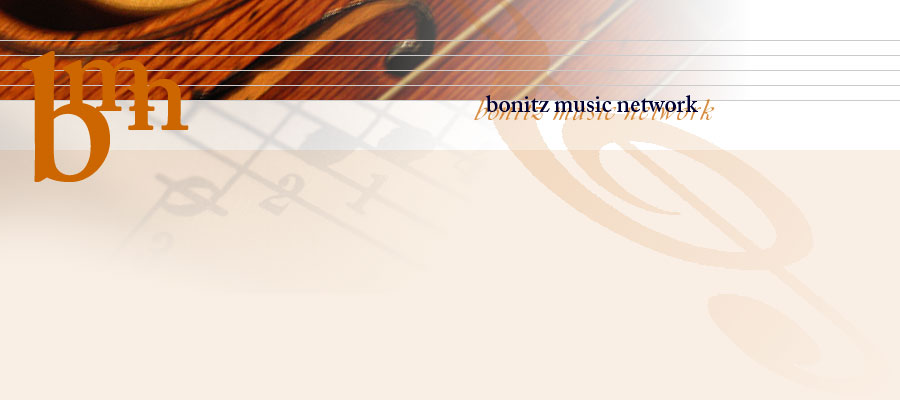
 |
 |
||
|
"See as you hear, hear as you see" | bmn20165 Szymanowski Quartet & Claudia Jahn | bmn20164 Franziska Hirzel & Tobias Schabenberger | bmn20162 • Borromeo String Quartet | bmn20161 • BeethovenQuartett | bmn20158 • Zemlinsky Quartet | bmn20156 • Couchane Siranossian, Thomas Demenga & Jan Schultsz | bmn20155 • BeethovenQuartett & Franzsika Hirzel | bmn20154 • Krishnasol Jiménez Moreno | bmn20153 • Basler Streichquartett & Jan Schultsz | bmn141 • Grimms Märchen Vol. I | bmn20143 • Thomas Demenga & Jan Schultsz | bmn20142 • Arditti Quartet & Franziska Hirzel, soprano | bmn20137 • Thomas E. Bauer & Jos van Immerseel | bmn20136 • Daimones Piano Trio | bmn20135 • Szymanowski Quartet | bmn20134 • Franziska Hirzel & Jan Schultsz | bmn20133 • Valentin Valentiyev | bmn20132 • Hansheinz Schneeberger & Bettina Boller | |
Antonio Stradivari 1679 «Sabionari» guitar
The baroque guitar "Sabionari" (designated after its first likely owner) has gotten over very well, not only the time, but also all surgical interventions. Now the Mexican specialist for the baroque guitar Krishnasol Jiménez Moreno supplies the proof of it with a world first recording. It is about the " Secondo libro di chitarra " which the far forgotten Italian Angelo Michele Bartolotti (approx. 1615 - approx. 1682) has composed around 1655 and has dedicated to his patroness, the Swedish queen Christina.
Being a brilliant composer and musician of guitar and Theorbe and traveling all over Europe, guesting also at the court of Luis XIV, Bartolotti has composed three suites, recorded here, on the one hand entirely ahead in comparison to the taste of the 17th century. At the same time he crowned every succession of dance movements with an extensive (more than 10-minutes) Passacaglia or Chaconne. Of course there are, here and there, small masterstrokes. But Bartolotti was otherwise focused to a witty and intimately thoughtful approach. And exactly this tells and these mood worlds now the "Sabionari" catch |
|
|
|
||